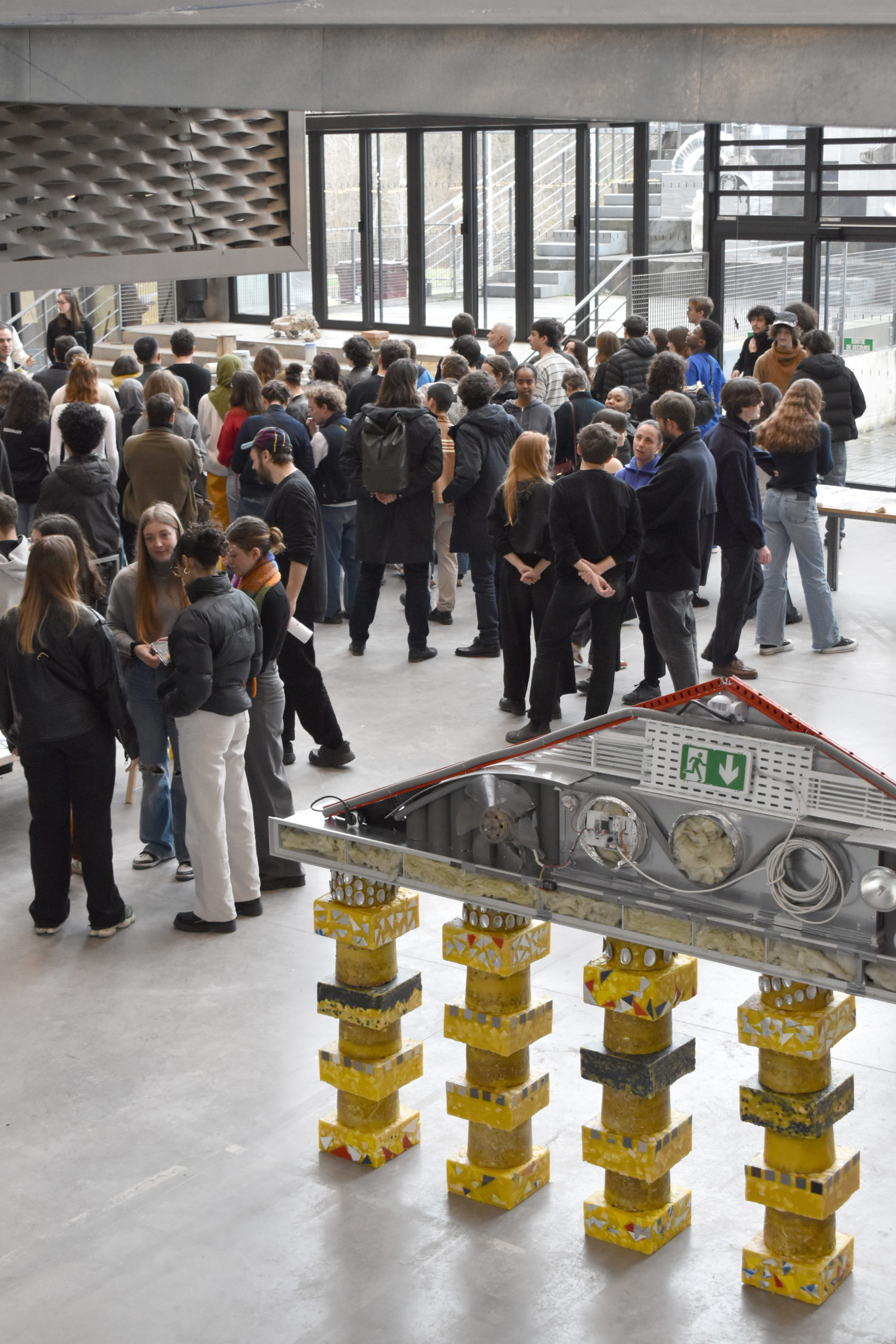
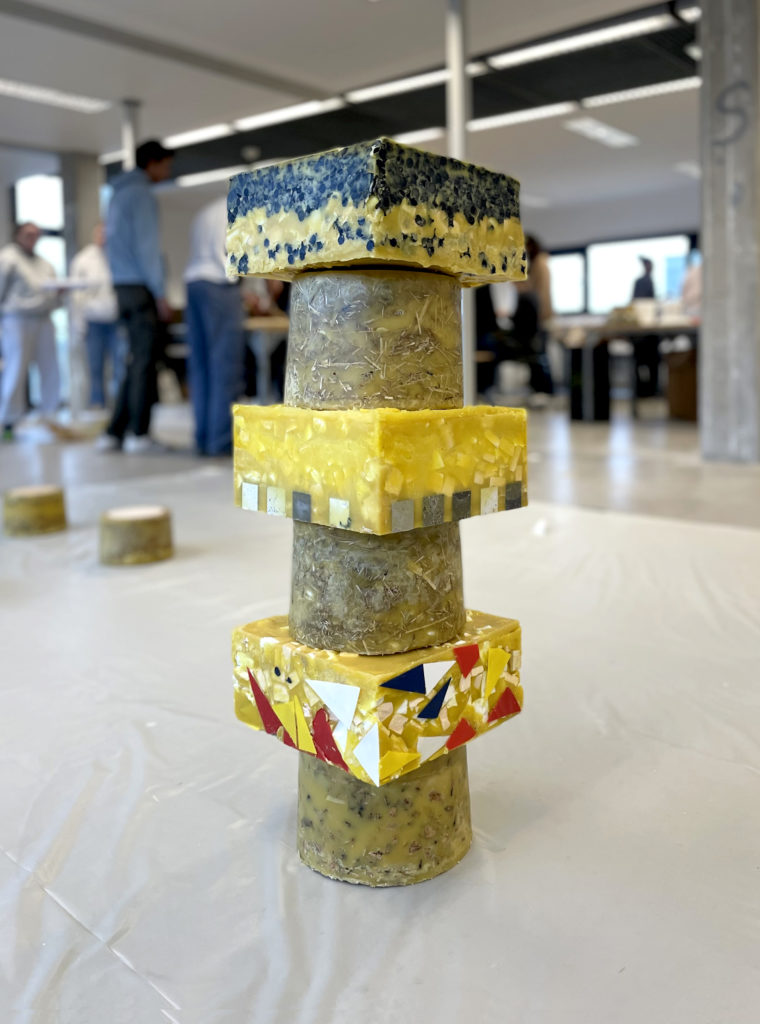
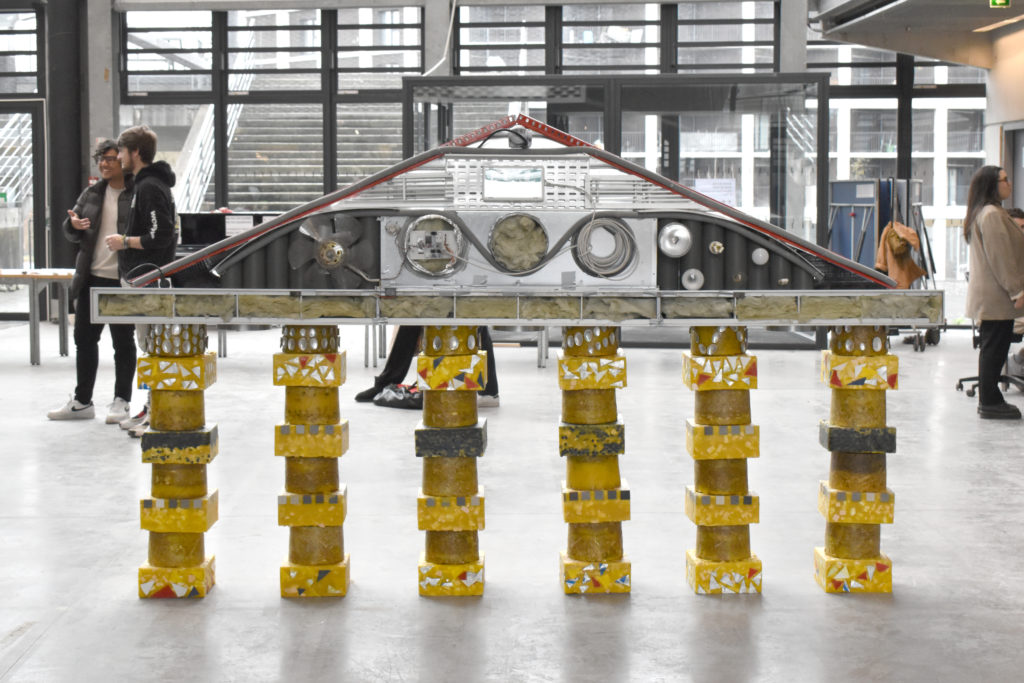
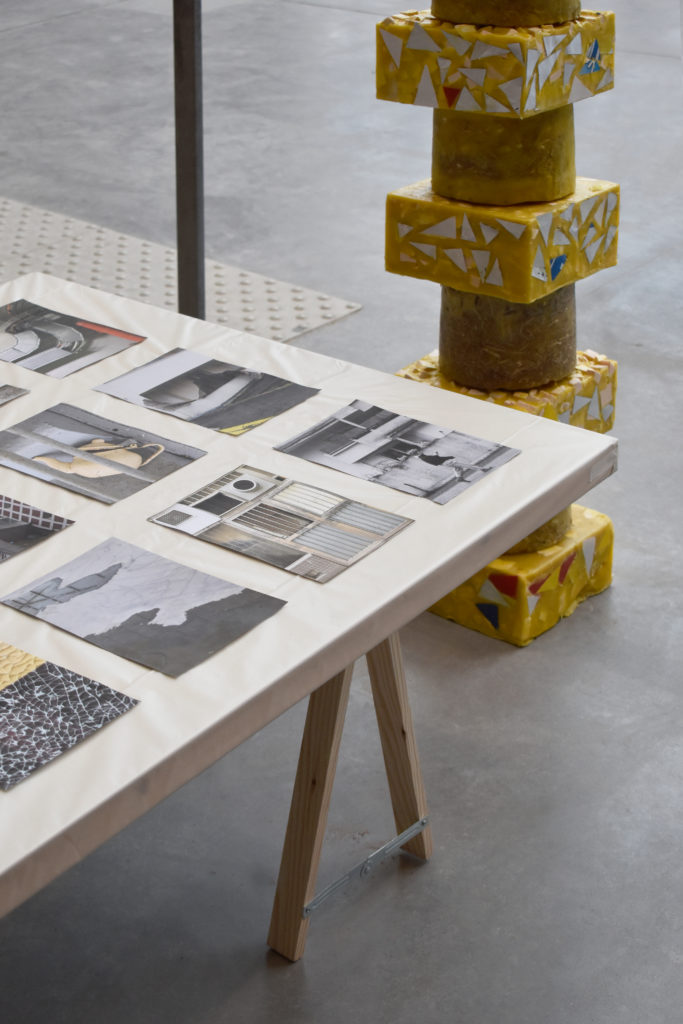
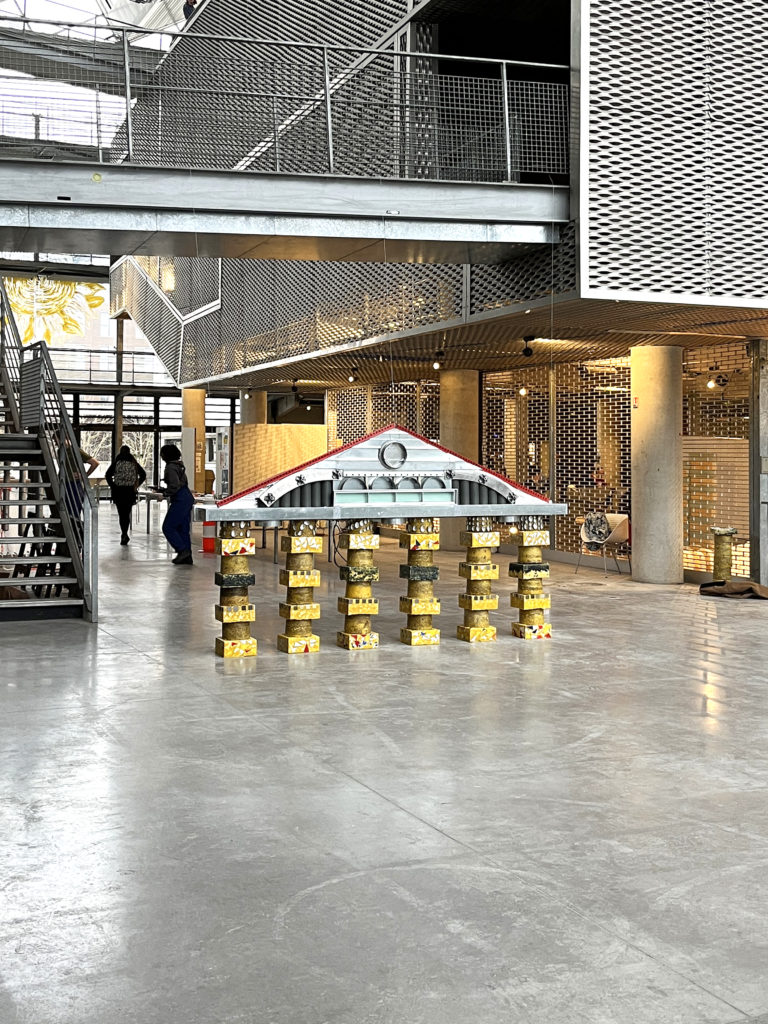
Dirty Spolia
Spolia are ambivalent, questioning the prosaic and symbolic dimensions of the reuse of building fragments. Their initial origins, the conditions of their acquisition, and the reasons for their reuse constitute a trajectory of reappropriation that loads the building in which Spolia took place with a subtext to be deciphered. In this trajectory, what meaning can architecture give to the ordinary fragments inherited from modernity ?
Dirty Realism
In 1983, writing in the British literary magazine Granta, the American critic Bill Buford captured the literary avant-garde of his country in the term Dirty Realism, tracing a stylistic lineage from J. Fante to R. Carver via C. Bukowski and J. A. Phillips. Dirty Realism prefers short, unaffected and ironic stories about the wandering lives of people on the margins of America’s big cities. Seven years later, in 1990, the critic and historian L. Lefaivre transposed this literary genre to architecture in order to define a young generation of architects: J. Nouvel, R. Koolhaas, B. Tschumi, Z. Hadid, N. Coates. Lefaivre notes in their early work an unprecedented use of the crudest, poorest materials of ordinary construction in the industrial city of the late 20th century. Corrugated steel, bituminous rolls, sodium streetlamps, and galvanized wire mesh form the grammar of an architecture that enters into a frontal and critical relationship with the material and symbolic legacy of a century of modernization.
Marne-la-Vallée
The workshop begins with a photographic reconstruction of the urban area of Marne-la-Vallée. In the tradition of the New Topographics, the students survey and document the rough, diffuse territory surrounding this school of architecture, revealing and depicting the environment from which Spolia are extracted. Like a portrait of an aging Ville Nouvelle, the photographic collection is composed of fragments of its most erudite architecture: J. Nouvel, C. Hauvette, H. Ciriani, C. de Portzamparc, F.-H. Jourda, G. Perraudin, F. Soler, B. Tschumi.
The Carbon Tax Propylaeum
The workshop continues with the collective construction of a propylaeum, whose parts articulate different types of spolia that denote the intrinsic ambiguity of reuse: celebration, appropriation, exploitation, reclamation, and so on. The columns are cast in beeswax, a natural, bio-based, reusable material that returns to its original state through successive melting. The cylindrical drums incorporate other natural materials (reed, cork and shell) into the wax, while the parallelepiped drums amalgamate artificial aggregates (ceramic and plastic). Finally, the pediment of the propylaeum assembles, in a symmetrical and parlante composition, a collection of rubble from a building site: AC vents form the entablature and cable trays trace the raking cornices; inside this triangle is an abstract tympanum made up of everyday elements. The soft, diaphanous columns, surmounted by a prosaic metal pediment, form a monument to reuse, like an echo of C.-N. Ledoux’s Octroi Gates.
| Year Location Type Status School Curator Credits | 2024 Paris Education, installation Completed ENSA Paris Est Thibaut Barrault Sub |
